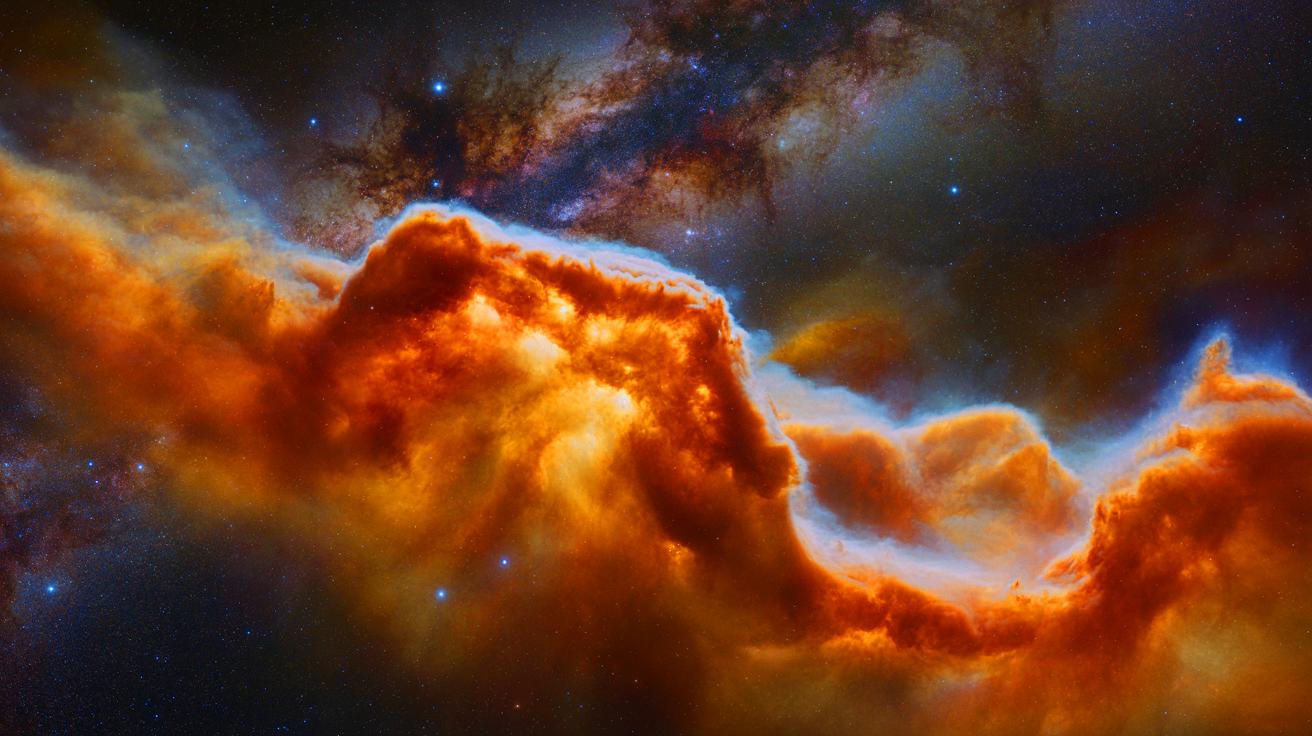In 2016, geologists discovered an extraordinary phenomenon deep beneath a Canadian mine—a water source trapped in rock for over 2.6 billion years. This discovery, published in Nature, has provided unprecedented insights into the survival of ancient microbial life and the water’s ability to exist without exposure to sunlight for such vast periods of time. What’s more, the water is still actively bubbling from the depths of the mine, and its taste even intrigued the team that found it. This discovery sheds new light on microbial life forms, both ancient and potentially existing elsewhere in the universe.
The Discovery of the Oldest Water on Earth
When the geologists, led by Professor Barbara Sherwood Lollar, first stumbled upon the ancient water, they were unprepared for the scale of what they would find. Deep in the Canadian mine, nearly 3 kilometers below the surface, they encountered water that had been locked away for over 2.6 billion years. This water was not just a tiny trapped pocket but a flowing body of liquid that was far more abundant than anyone had anticipated.
“When people think about this water they assume it must be some tiny amount of water trapped within the rock,” Sherwood Lollar explained to BBC News. “But in fact, it’s very much bubbling right up out at you. These things are flowing at rates of liters per minute – the volume of the water is much larger than anyone anticipated.”
This finding led the team to ask significant questions about how water could remain trapped for such an extensive period and still maintain the potential for microbial life. The discovery also had broad implications for understanding other subterranean environments on Earth, as well as the possibility of ancient water sources existing on other planets or moons in the Solar System.
The Role of Microbial Life in Ancient Water
The team’s study of the water uncovered startling evidence that life had once thrived in this isolated liquid. Traces of sulfate in the water were found to bear the distinctive “fingerprints” of microbial life forms. These microbial communities had survived without sunlight, relying on radiation from the surrounding rock to produce necessary nutrients for survival.
Sherwood Lollar elaborated on this finding, saying, “By looking at the sulphate in the water, we were able to see a fingerprint that’s indicative of the presence of life. And we were able to indicate that the signal we are seeing in the fluids has to have been produced by microbiology – and most importantly, has to have been produced over a very long time scale. The microbes that produced this signature couldn’t have done it overnight. This has to be an indication that organisms have been present in these fluids on a geological timescale.”
This microbial signature not only provided insight into the resilience of life but also helped form a bridge to potential life on other celestial bodies. The long-term survival of these microorganisms suggests that life could persist under similar conditions on distant planets, where the environment might be devoid of sunlight but rich in chemical reactions.
A Closer Look at the Chemistry of Ancient Water
The water’s chemical composition further supports the theory of microbial life thriving in the absence of sunlight. The sulfate found in this water, unlike the sulfate from modern surface waters, was produced by a reaction between the water and the surrounding rock. This naturally occurring process could persist as long as the water and rock remained in contact, potentially for billions of years.
“The sulfate in this ancient water is not modern sulfate from surface water flowing down. What we’ve found is that the sulfate, like the hydrogen, is actually produced in place by reaction between the water and rock,” said Long Li, assistant professor in the University of Alberta’s Department of Earth and Atmospheric Sciences. “What this means is that the reaction will occur naturally and can persist for as long as the water and rock are in contact, potentially billions of years.”
This remarkable discovery reveals a dynamic, self-sustaining system in which life could flourish for eons, driven by a chemical process rather than sunlight. This has profound implications not only for Earth’s deep biosphere but also for future studies on exoplanets and moons in our solar system.
What Does the Oldest Water Taste Like?
While the scientific implications of the discovery were awe-inspiring, there was a more personal, and slightly quirky, question that captured the imagination of many—what does 2.6-billion-year-old water taste like?
For Sherwood Lollar, the answer was found by tasting the water directly off her finger. As a geologist accustomed to licking rocks during fieldwork, she was curious to see if the water’s salinity could give clues about its age. When she tried it, she discovered that the ancient water was “very salty and bitter” and far “saltier than seawater”—exactly what she had hoped for. The high salinity indicated that the water had been in contact with minerals for an exceptionally long time, confirming its age.
This amusing anecdote humanizes the otherwise scientific exploration, illustrating the curiosity and excitement of the team as they ventured into uncharted territory in the pursuit of knowledge.
Source link

